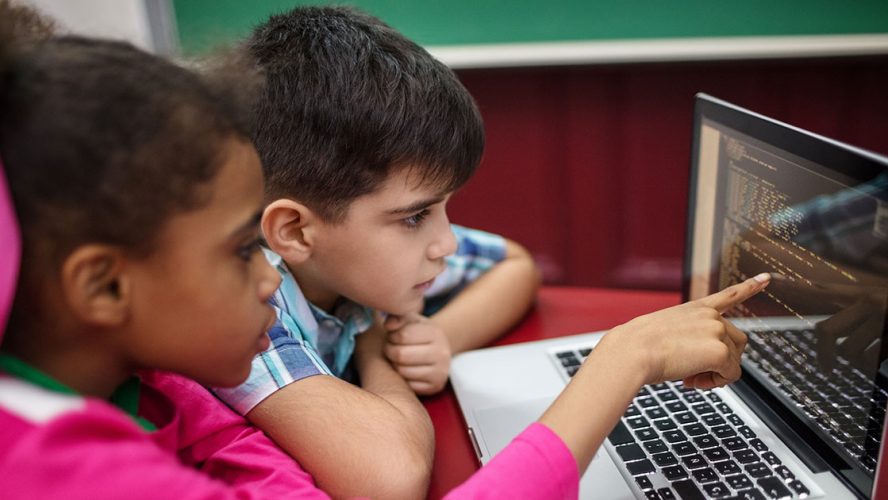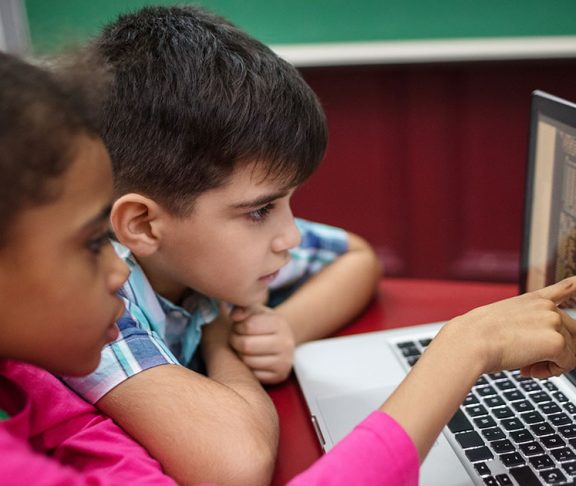According to Gary Brantley, DeKalb County School District’s chief information officer, technology shouldn’t be viewed as a stand-alone tool but, instead, as one piece of the puzzle.
“It is very critical that a balance exists,” Brantley explains. “As we shift to 21st century and project-based learning, it is important that there is seamless integration between traditional curriculum and tech-based learning. It is imperative that we not separate the two but merge them as one.”
The screen generation
A report by Kaiser Foundation found that in the United States, children between the ages of eight and 18 spend an average of 7 hours and 38 minutes each day with digital media. When the use of more than one device at a time is considered, kids spend more than 10.5 hours each day with technology. Given this great amount of screen time, monitoring the content children have access to becomes critical.
“It is important that teachers are given the proper tools to allow them the flexibility to access learning material without exposing students to harmful content,” he explains. Though he believes active monitoring is necessary, Brantley is mindful of the fine line between protection and disruption. “When content blocking hampers instruction, it can be considered too much,” he explains.
Given the internet’s increasing importance in and outside of the classroom, educators and parents must collaborate to teach students how protect themselves and others online. For example, teachers and staff at La Cañada Unified School District have introduced digital citizenship as one of the school’s core concepts, urging students to be conscious of the responsibilities that are tied with using technology.
“[We want] to make sure that kids know how to be safe and take care of each other,” says Jamie Lewsadder, the district’s chief technology officer. “If we are going to put more devices in the classrooms, students need to have that responsibility.”
Step by step
One way La Cañada is fostering that responsibility is by creating different access levels for students of different ages.
“Our youngest learners are only allowed to email their teachers,” Lewsadder explains. “As they get a little bit older, they can start emailing each other. At the final stage, in ninth or tenth grade, we allow them to email the outside world. It’s a gradual release.”
The school has used interactive games and worksheets to teach students how to differentiate among safe, questionable and dangerous content.
“I believe cyber safety should be embedded into the curriculum and should be a mandatory course for all students,” Gary Brantley continues. “Districts should encourage a similar practice for parents.”
A case for mindfulness
What’s next for digital literacy? Educators are taking lessons from the mindfulness craze and teaching students how to be mindful online.
“Parents are really frustrated with their kids’ distraction levels,” Lewsadder reports. “We’re teaching students things like how to minimize distractions when you’re online and how to control notifications on their devices.”
A Pew Internet survey of nearly 2,500 teachers finds that 87 percent believe new technologies are creating an “easily distracted generation with short attention spans.” Like Brantley, Lewsadder believes it’s all about balance.
“We know that some of our students don’t have great impulse control, but if we can start creating that awareness, that’s a start.”

